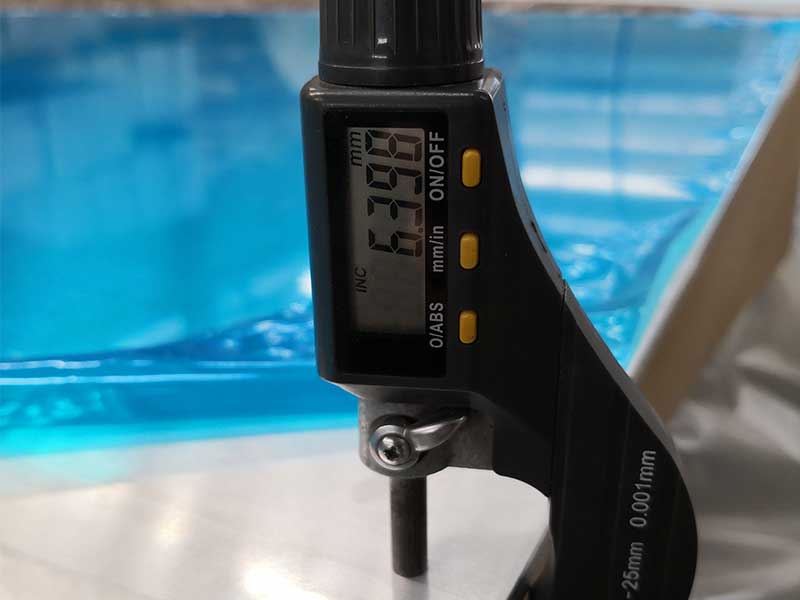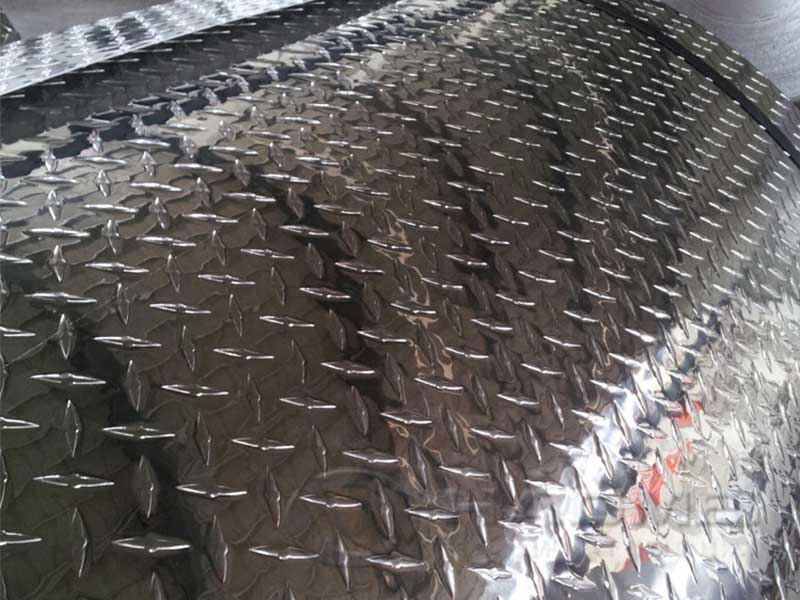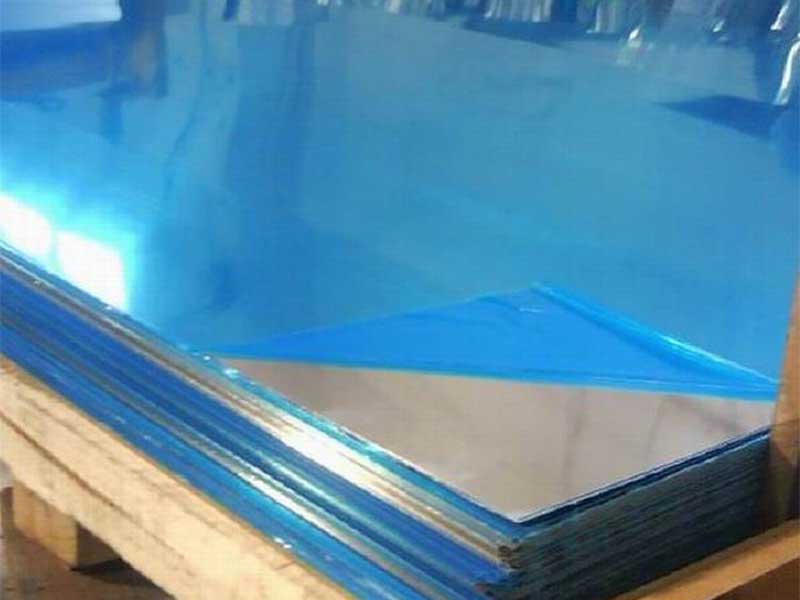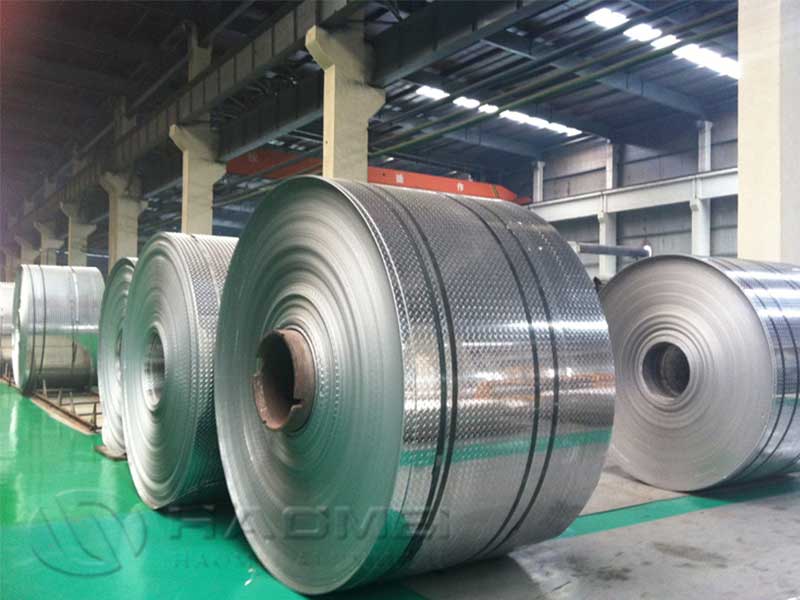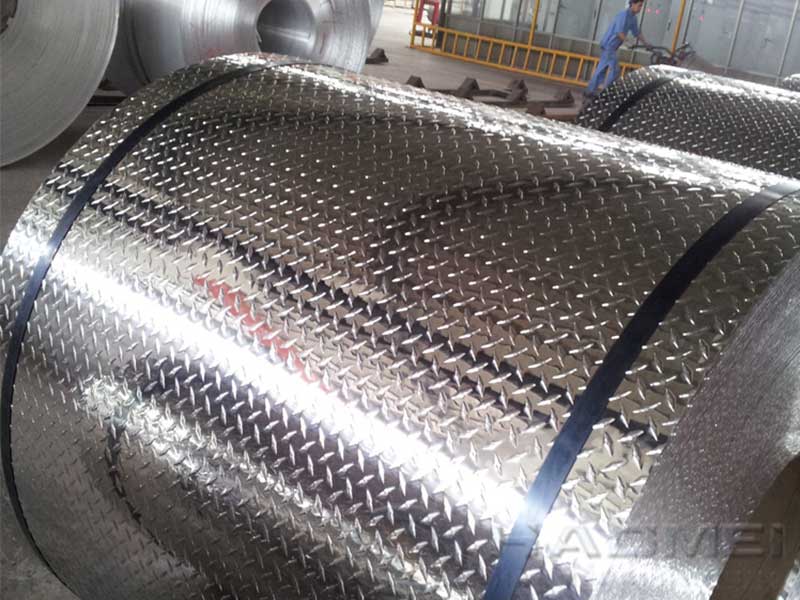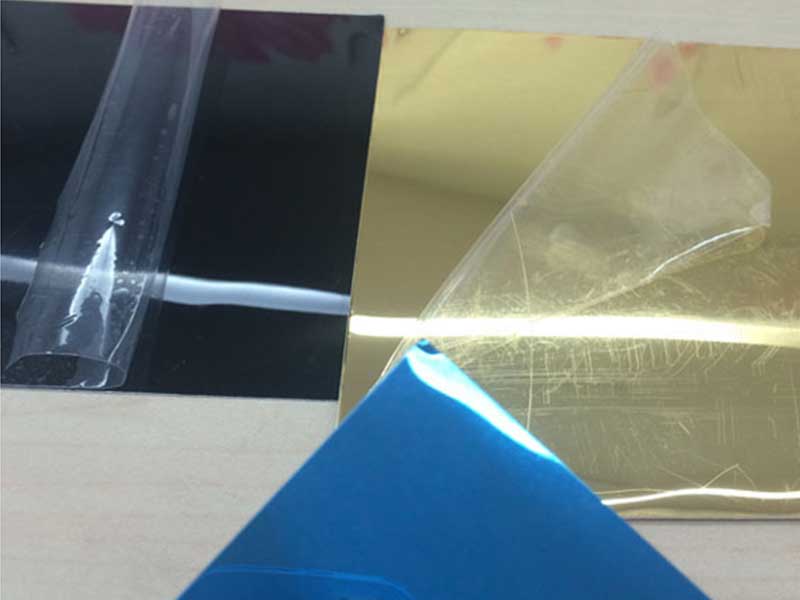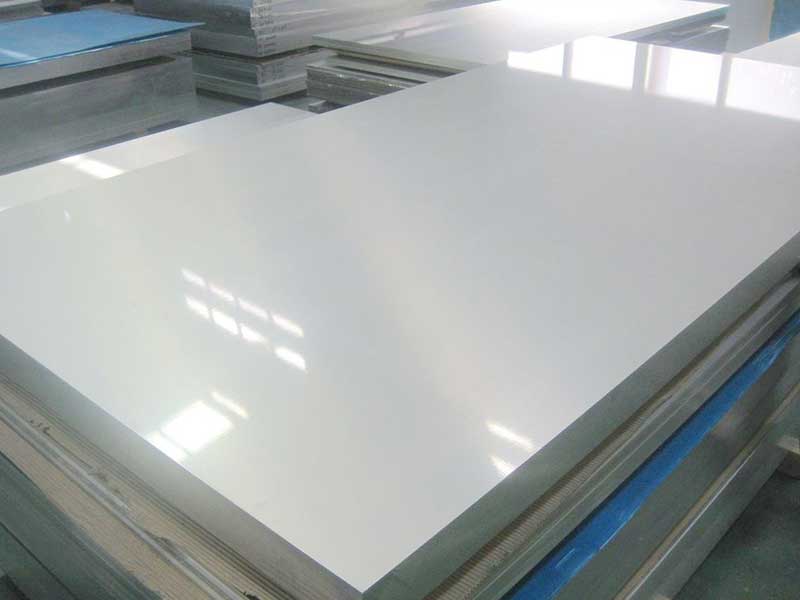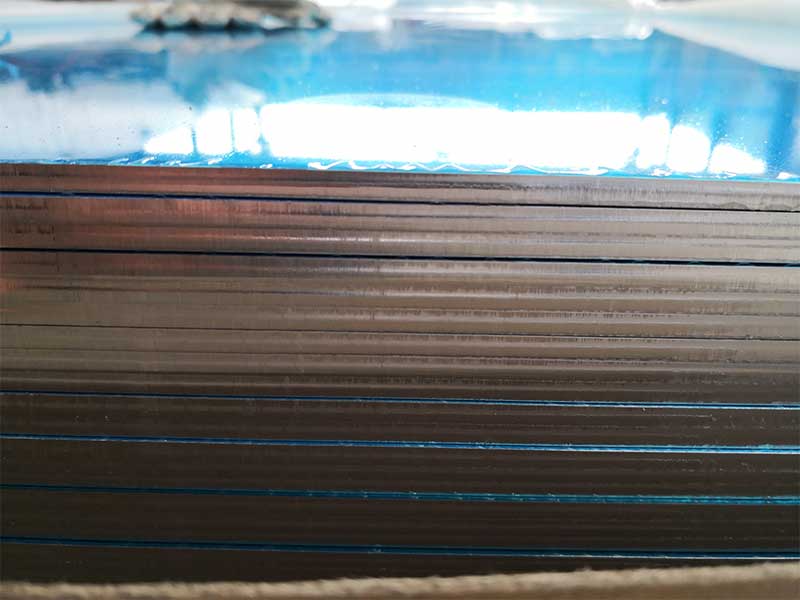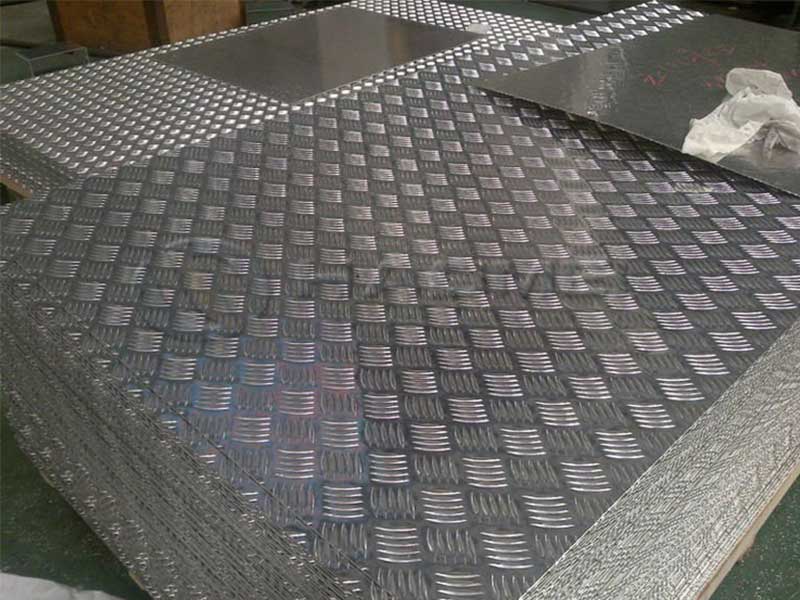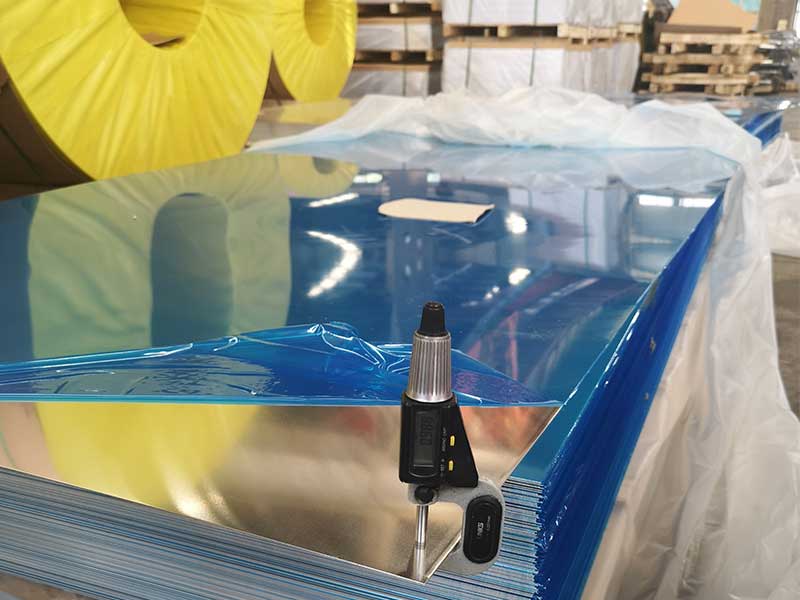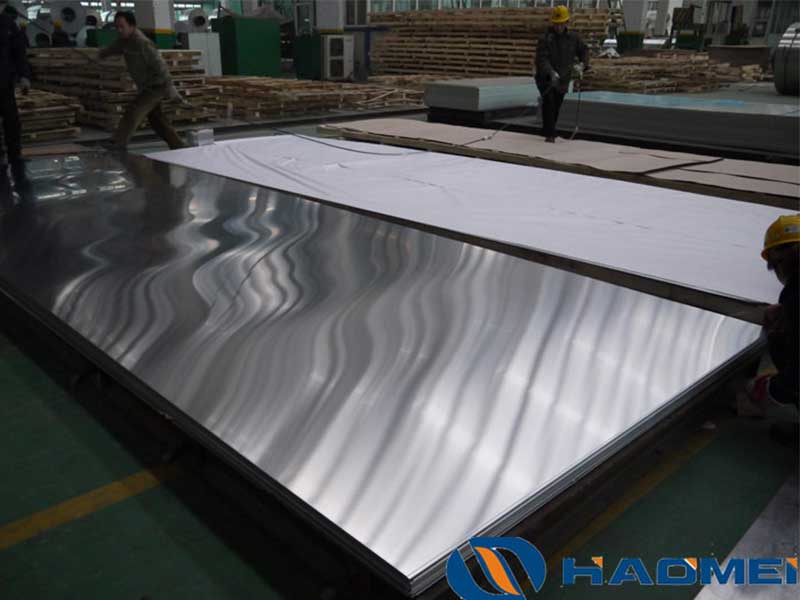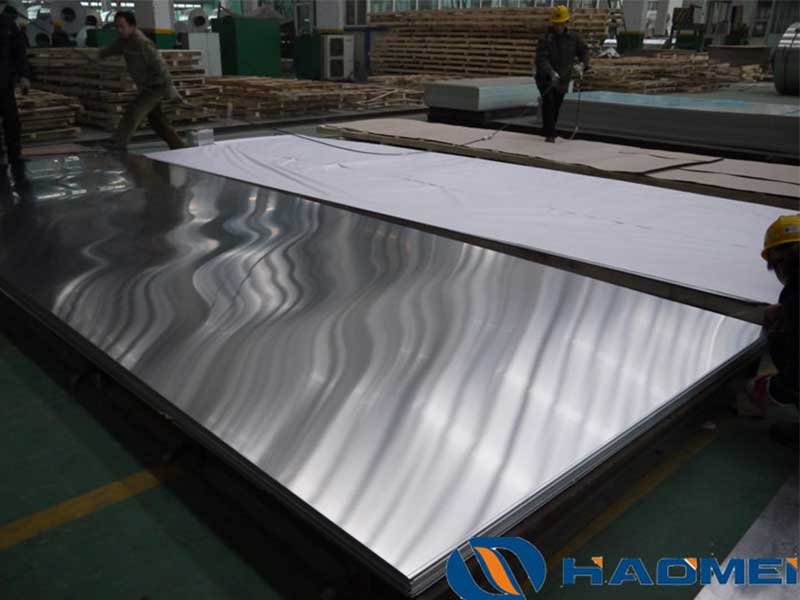2025-01-30 https://www.aluminum-coils.com/a/embossed-aluminum-heat-shield.html
the Advantages and Applications of Embossed Aluminum Heat Shields
In a world increasingly driven by the need for efficiency and durability, embossed aluminum heat shields are carving their niche as a formidable force in numerous industries. While the name may suggest just another metal solution, an embossed aluminum heat shield offers a combination of lightweight convenience, exceptional thermal resistance, and aesthetic appeal that is reshaping how we think about heat management.
From my experience working with stucco embossed aluminum sheet, the application as a heat shield presents unique challenges and advantages. The embossed texture, while aesthetically pleasing in architectural applications, impacts the heat transfer characteristics differently than a smooth sheet. The pockets of air trapped within the embossed pattern offer some degree of insulation, potentially reducing the overall temperature transfer compared to a flat sheet of the same thickness. However, this effect is not uniform and depends heavily on the embossing pattern’s depth and density. We've observed that deeper, more complex patterns show marginally better insulation, but require more careful consideration during installation to ensure consistent contact with the heat source, avoiding air gaps that negate the benefit. Furthermore, the embossing process itself can introduce minor inconsistencies in the sheet's thickness, which can lead to localized variations in heat transfer efficiency across the shield's surface.
Our internal testing has shown that the stucco embossing can also influence the reflectivity of the aluminum. While aluminum is naturally highly reflective, the textured surface alters how light and infrared radiation interact with the material. We've found that the overall reflectivity remains high, but the exact spectral reflectivity is altered, which could impact the performance of the heat shield under specific conditions. This means that while it generally works well as a passive radiant barrier, optimization may require consideration of the specific heat source and the desired wavelength of radiation reflection. Choosing the right embossing pattern and surface treatment becomes crucial for maximizing the heat shield's effectiveness, hence the
What is an Embossed Aluminum Heat Shield?
At the most fundamental level, heat shields are protective layers that reflect and dissipate heat away from sensitive components. Embossing, the process of adding raised patterns onto aluminum sheets, serves two main purposes. Firstly, this technique enhances the shield’s surface area, improving its heat dissipation capabilities. Secondly, the embossed pattern can provide added strength without significantly increasing weight, which is paramount in industries such as automotive and aerospace, where reducing overall mass is crucial for fuel efficiency.
Features of Embossed Aluminum Heat Shields
-
Lightweight Strength: The structural integrity of aluminum combined with the clever ridging of embossed designs means these heat shields are robust yet incredibly lightweight. As the push for lighter vehicles continues in automotive engineering, embossed aluminum is often preferable over traditional materials.
-
Thermal Conductivity: Aluminum is renowned for its excellent thermal resistance properties. An embossed aluminum heat shield efficiently reflects radiant heat while simultaneously safely dispersing it. This quality helps to protect nearby components – such as wiring and fuel lines – from excessive heat that could compromise performance or lead to failure.
-
Corrosion Resistance: The inherent properties of aluminum insulate it against rust and excessive wear. When anodized (a process of electrochemically coating the aluminum), reflections soar in their longevity, crucial for applications that often encounter hostile outdoor environments.
-
Aesthetic Flexibility: Unlike conventional heat shielding, the textured surface of an embossed shield can enhance the appearance of a product without compromising on functionality. Many manufacturers are beginning to integrate stylish heat shields that match their product designs better than standard options.
-
Noise Dampening: The embossed surface can also aid in vibration dampening – a valuable trait in sensitive equipment like computers and aerospace machinery where excessive noise and jolts can signal an impending breakdown.
Applications of Embossed Aluminum Heat Shields
-
Automotive Industry: One of the most prominent applications is in automobiles, where heat shields safeguard various parts, including sensors, electrical systems, and even passengers from exhaust heat. Modern vehicles continually strive for weight reduction strategies to improve fuel economy, making embossed aluminum heat shields ideal.
-
Aerospace Engineering: As aerospace technology advances, materials that can withstand high levels of heat without sacrificing weight are urgently necessary. Embossed aluminum heat shields can be found in critical areas of jets and spacecraft, where the temperature differences can reach dangerously high levels during takeoff and flight.
-
Electronics: Consumers are demanding more from their technology. Many electronic devices are intricately designed to be compact and lightweight. An embossed aluminum heat shield offers an elegant solution, protecting delicate components from overheating while maintaining visually appealing designs.
-
Industrial Applications: In factories and power plants, machines produce high levels of heat that can hinder operational safety and efficiency. Using embossed aluminum heat shields protects operators and sensitive machinery from heat, which can also reduce cooling costs.
-
Appliance Manufacturing: From ovens to computers, any modern appliance dealing with significant heat production benefits from the supplemental layers of protective embossed aluminum heat shields that marry form with utility.

